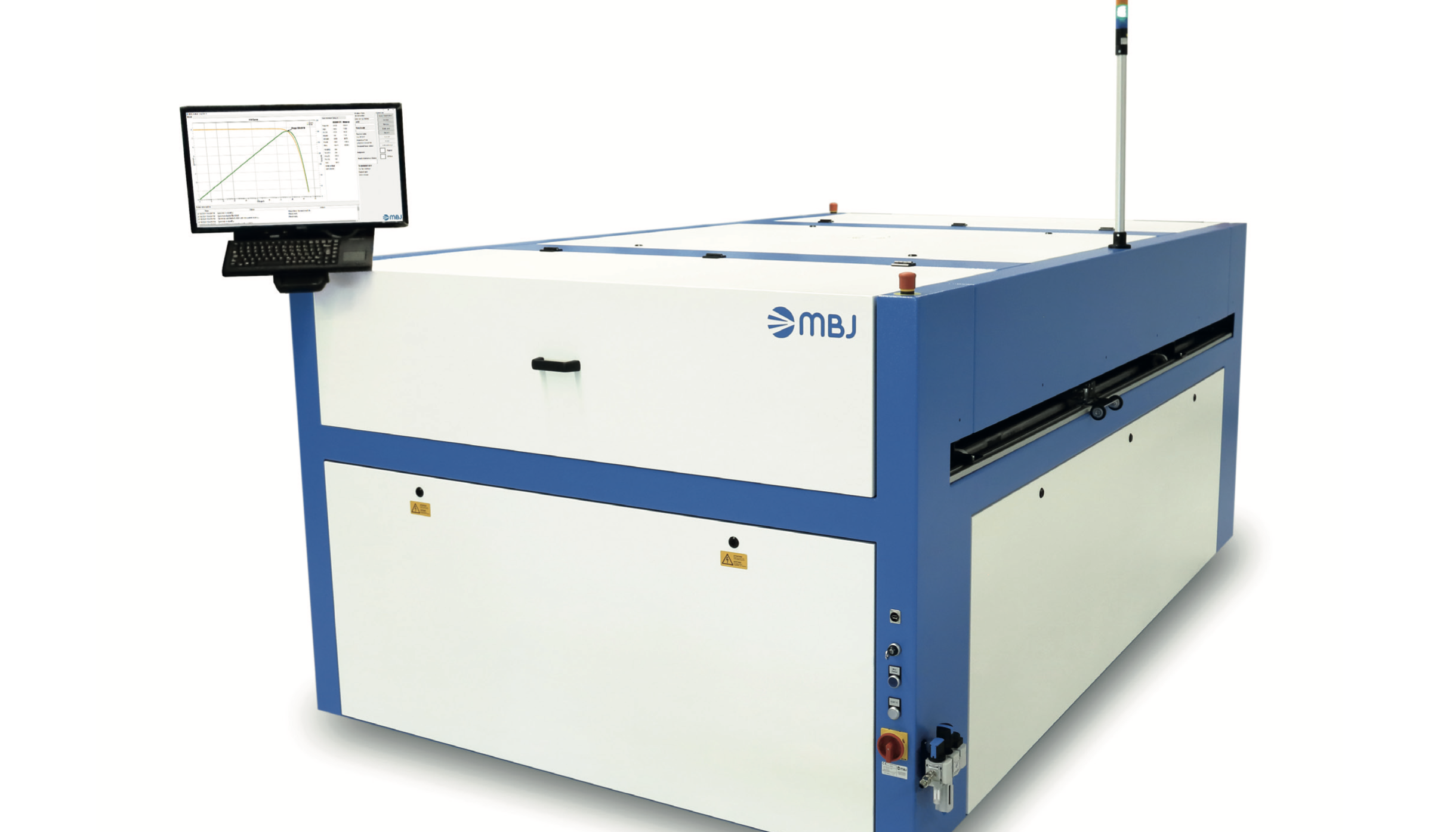Abstract
Bifacial modules are entering the large-scale solar installation market. This article briefly describes the technology behind bifacial modules and focusses on what is needed to measure them with a sun simulator to show the extra power gain they provide. The procedures described here are based on the Technical Specification IEC 60904-1-2:2019, touching also on the procedure needed to create a bifacial reference module.
Bifacial modules have been available in the market for quite a while. But since 2019 a noticeable rise in market share can be seen. When bifacial modules entered the market, they were found in very specific areas, starting with space applications, smaller solar farms and as BIPV (building integrated PV). Having a transparent back side and generating power on both sides, providing around 15% to 30% more power depending on the installation, they were used for example on satellites, to additionally collect the light back reflected from earth, or in the area of BIPV where they can be found on flat roof tops using bright underground for back reflecting light. Further examples are coverages on walkways or parking lots using the concrete underground as reflective source or the vertical installation e.g., along highways as sound barriers to name only a few.
Lately, also due to the fact that the cost for producing bifacial modules has decreased, there is interest from a much wider market. Bifacial modules are entering the market for large scale solar farm installations. One example is the large-scale tilted installation of bifacial modules on sandy or snow-covered grounds in otherwise, e.g., agricultural, unusable areas, benefitting from the light back reflected form the ground to generate extra power. Another interesting possibility is the large-scale vertical installation, using an east west orientation to capitalize on the sun’s daily movement, creating 2 energy peaks in one day. The vertical installation additionally prevents the deposition of snow or dirt on the modules and can provide possibilities for double use of the ground.
In the general strive to get more power out of a module, while keeping cost and dimension in a manageable range, bifacial modules in combination with new solar park setups can provide significant boosts in the overall power output.
The good thing is that existing cell technologies and module layouts can be used. The nevertheless needed changes in the modules BOM (bill of material) are manageable due to the gain in power achieved. The ITRPV roadmap expects the market share of bifacial modules to rise up to ~35% until 2030, see figure 1.



























